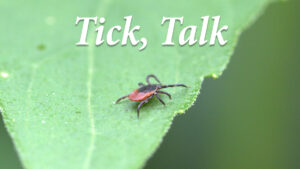Acting out of Lyme: Investigating the sociocognitive determinants of Lyme disease preventative behavior

Over the last three decades, tick-borne diseases have spiked in both prevalence and severity across the United States. Today, diseases transmitted by hard-bodied ticks are considered to be the infectious diseases of highest public health concern in the United States. Lyme disease (LD), a tick-borne disease transmitted by the black-legged tick, poses a particularly unique risk. Due to the poorly understood and difficult-to-manage nature of the disease at the environmental and medical level, it is widely acknowledged that changing human behavior is the most viable option for disease management. Previous research has evaluated individuals’ attitudes and behaviors regarding LD, however a clear understanding of what drives individuals’ preventative behaviors is still lacking. This research aims to explore the sociocognitive factors that influence LD preventative behavior in recreationists and private woodland owners, two populations with heightened chance of disease exposure. The first component of this study focuses on common preventative behaviors such as tick checks, and protective apparel among both populations. The second component of this study makes a more specific assessment of how private woodlot owners currently incorporate LD prevention into their woodlot management decisions. These research objectives will be addressed through survey methods designed for the populations of interest.
Research Assistant: Katie Perry
